It was said within the tract that the world Mars bears the Arabic tongue, which the term “Mars” goes back to the Arabic origin, “Amarkh,” which that word means “red spots,” so that they said within the narrations, “the bull of Amarkh”, meaning a bull with red spots, and in 1879 When the Italian astronomer, Giovanni Schiaparelli, was commissioned to draw a map of the terrain of Mars, he called a chunk of the surface of Mars the name "Terra Arabia", which may be a Latin phrase meaning "Arab Earth", because white spots differ in color between light and dark, which are just like natural features. For the peninsula.
This historical background in our relationship with Mars necessitated the requirement of finding an exploratory scientific role for this always controversial planet, because it is that the closest planet that's likely to possess water, and it's the sole planet that resembles Earth, therefore the importance of the Emirati project, the Hope Probe, came because the first An Arab Islamic project of its kind, which has the launch of an Space probe to explore other planets.
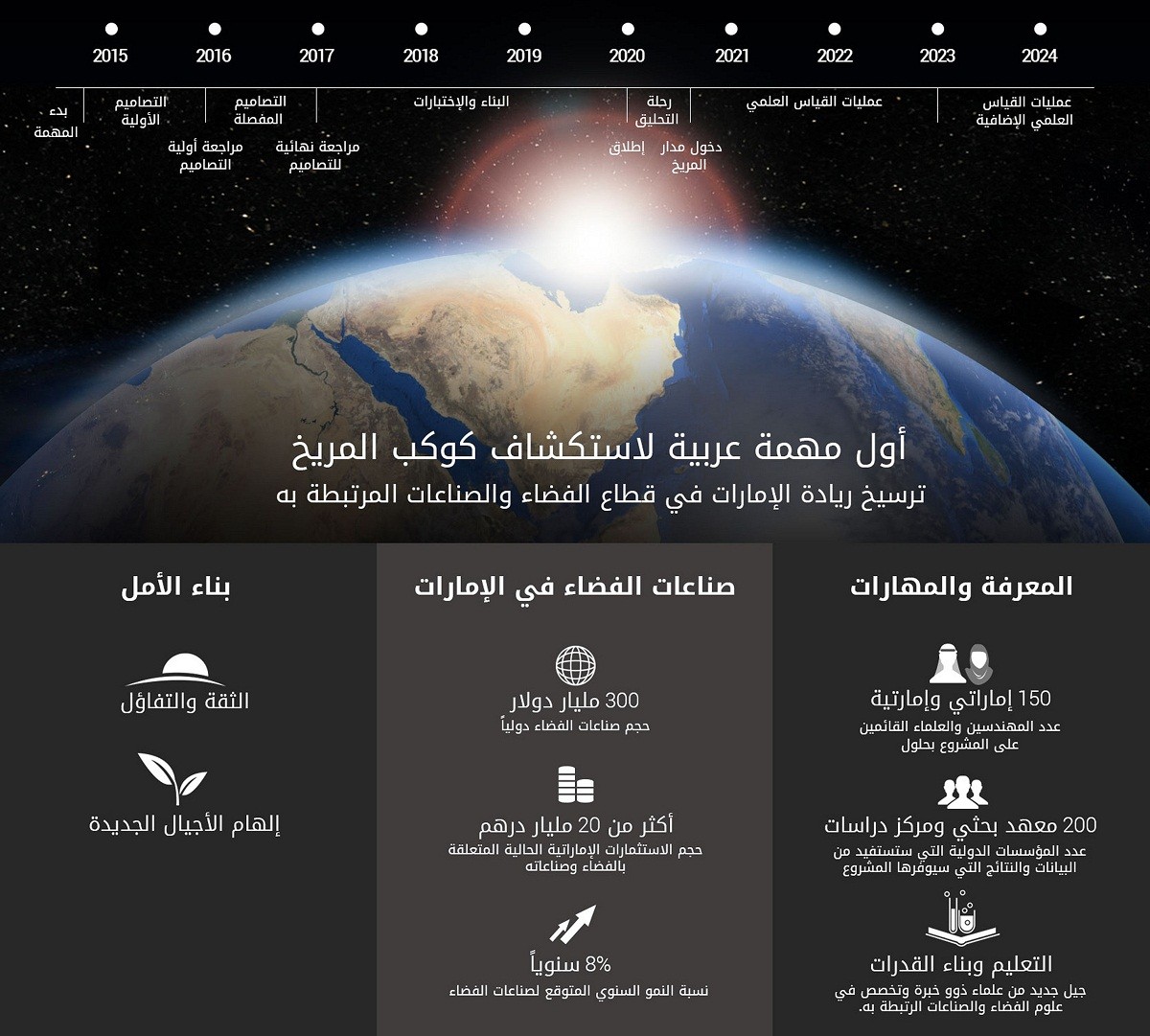
"The Hope Probe" ... has become evidence of the flexibility of the Arab world to actively contribute to the enrichment of civilization and human knowledge, and it proves that confidence and ambition can do success and achievement despite the conditions that our Arab region suffers from. it's also a concrete practical model geared toward inspiring the peoples of the region, So this unique project are often seen as an emblem of hope, And as a way of inspiring youngsters, new generations, and making them seek to think positively and appearance forward to a future stuffed with opportunities.
The Red Planet:
Before talking about the "Probe of Hope", we must first draw closer to Mars, as that planet features a diameter of about 6800 km, which is thus up to the radius of the planet and also the second smallest planet of the system after Mercury, and its area is estimated at 1 / 4 of the realm of the Earth, revolving round the sun in an orbit isolated About 228 million kilometers, or about 1.5 times the gap between the Earth's orbit and also the sun, revolves within the orbit of Qumran, the primary is named "Demos", meaning horror in Greek, and also the second is named "Phobos", meaning fear

Did Mars contain water quite 3.8 billion years ago? .. This question was the important think about the exploration trips of the superior planet, this question allowed the hypothesis of life thereon planet. Wherever there's water, life is found, a minimum of in theory, and a surface that has valleys And dry rivers and mountains are above their terrestrial counterparts, and it's the most important volcano within the scheme called "Olympus", and it reaches a height of 25 km.
Water is usually found on the surface of Mars within the variety of ice, and therefore the ice caps within the north and south poles of the earth represent most of the ice on the surface, and there's also some ice within the rocks of the Martian crust, additionally to alittle percentage of vapor within the atmosphere, but there's no liquid water thereon. The surface, the presence of water within the style of ice within the sort of ice is because of the climate, the temperatures are very low, and result in the immediate freezing of water, all studies confirmed that things on the surface of Mars was very different from what it's now, which it had been probably the same as the world Earth, where there was water Liquid in large areas of its surface, a controversy like oceans now found on the surface of the planet.
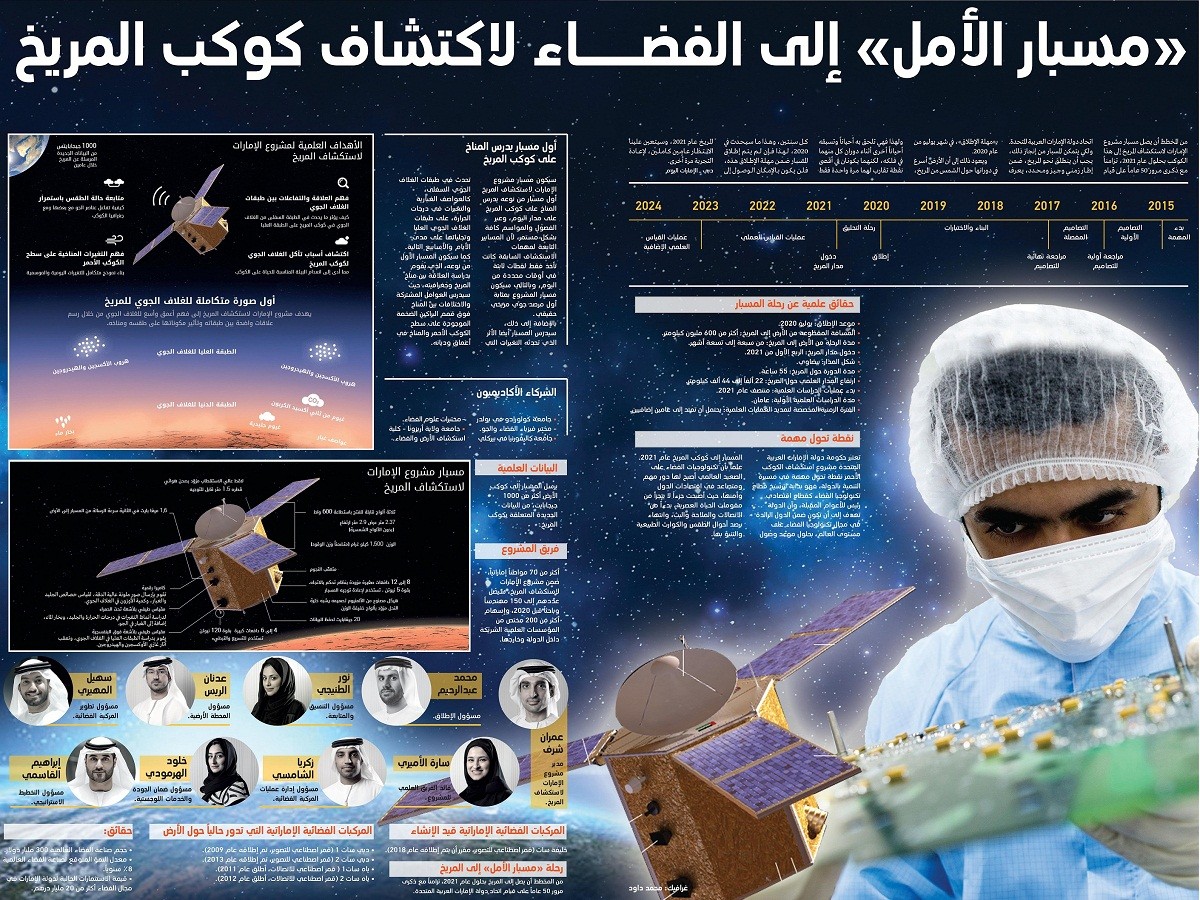
As for the topography of Mars in it's worthwhile, while the northern a part of the world consists of lava plains, and volcanoes are located The giant on the Tarsis plateau and therefore the most famous of all is Olympus Moon, which is without a doubt the most important volcano within the system. The southern a part of it's high heights, and on the heights there are traces of meteors and meteors, and therefore the plains are covered with dust and sand rich in iron oxide of red color, covering a number of its areas sometimes a skinny layer of water ice, while the poles are covered with thick layers of ice made from dioxide and frozen water. Mars has the biggest canyon within the system, that the "Mariner Valley" canyon extends to a distance of 4000 km, and a depth of up to 7 km.
voyages of scientific exploration:
Of the utmost importance of the earth Mars, the planet began studying it a few years ago, and since the 2 superpowers visited the us of America and therefore the USSR within the 1960s, and there's always an effort, during the recent decades there are approximately 44 attempts to send spacecraft to the Mars by the u. s., The Russia, Europe, and Japan, but over two-thirds of these flights failed, either on Earth, during its flight, or during its landing on the surface of the Mars.
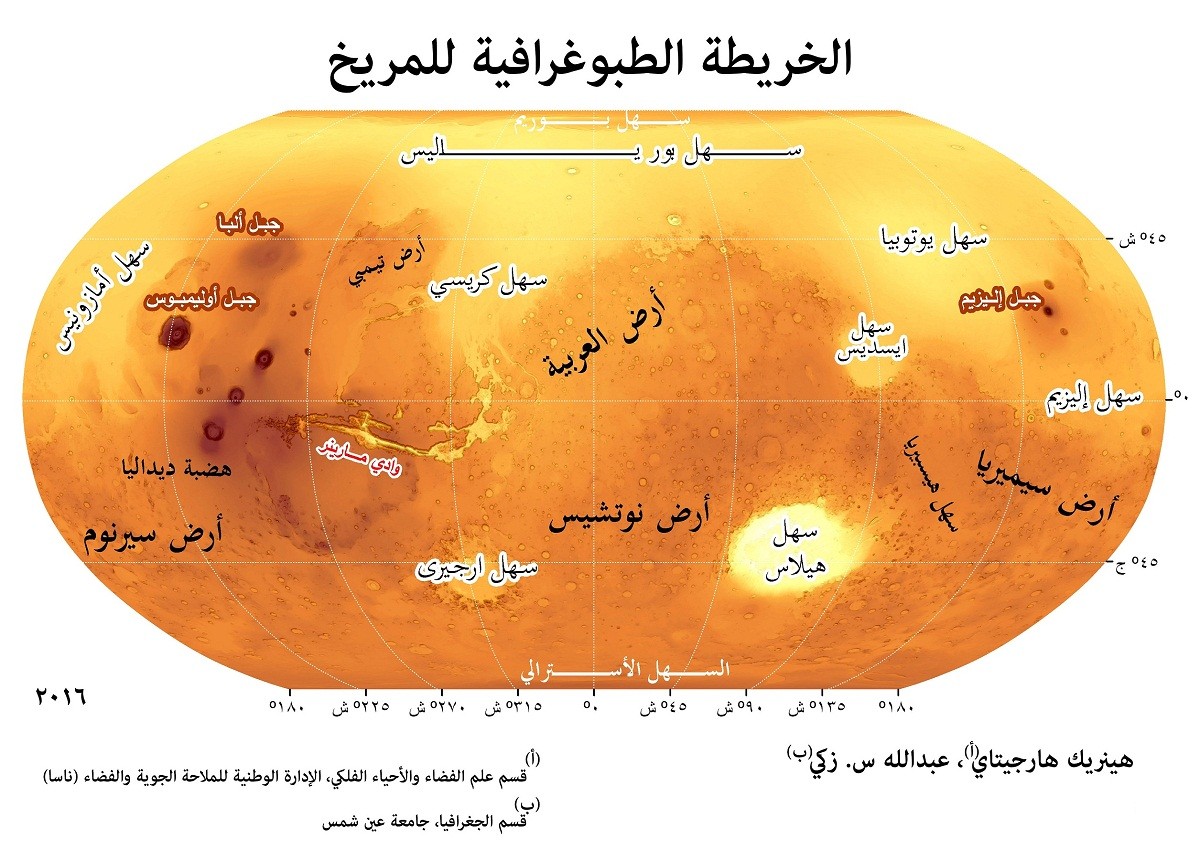
Currently, Mars hosts 5 spacecraft that are still operating, three of them orbit within the planet's orbit and that they are, Mars Odyssey, Mars Express, Mars Reconnaissance Orbiter, MAVEN, Mars Orbiter Mission, and two on Planet surface, namely, Curiosity Rover, and Opportunity rover, and there are some spacecraft that are not any longer operational to date, whether the vehicles succeeded within their mission in the past, or failed to succeed in the least, like the "Phoenix Lander" spacecraft, which ended its mission in 2008.
As for the five spacecraft, as we said, they're divided into two classes, the primary operating within the orbit of Mars, and comprising three vehicles, the primary is "Mars Odyssey", an American vehicle that launched on April 7, 2001 from the Kennedy Center, and reached Mars orbit on United Nations Day, 2001, with the aim of studying Mars and also the levels of dangerous radiation on its surface, and therefore the second "Mars Express", affiliated to the eu Space Agency, and launched on June 2, 2003, to achieve Mars' orbit on December 25, 2003, carrying the Beagle 2 lander on board, but it absolutely was lost while entering the airspace, and possibly It crashed, and at last the "Mars Reconsence Orbiter" vehicle, the most important spacecraft, weighing up to 2 tons, was launched on August 12, 2005, equipped with the most recent technologies necessary for accurate imaging of the surface of Mars.
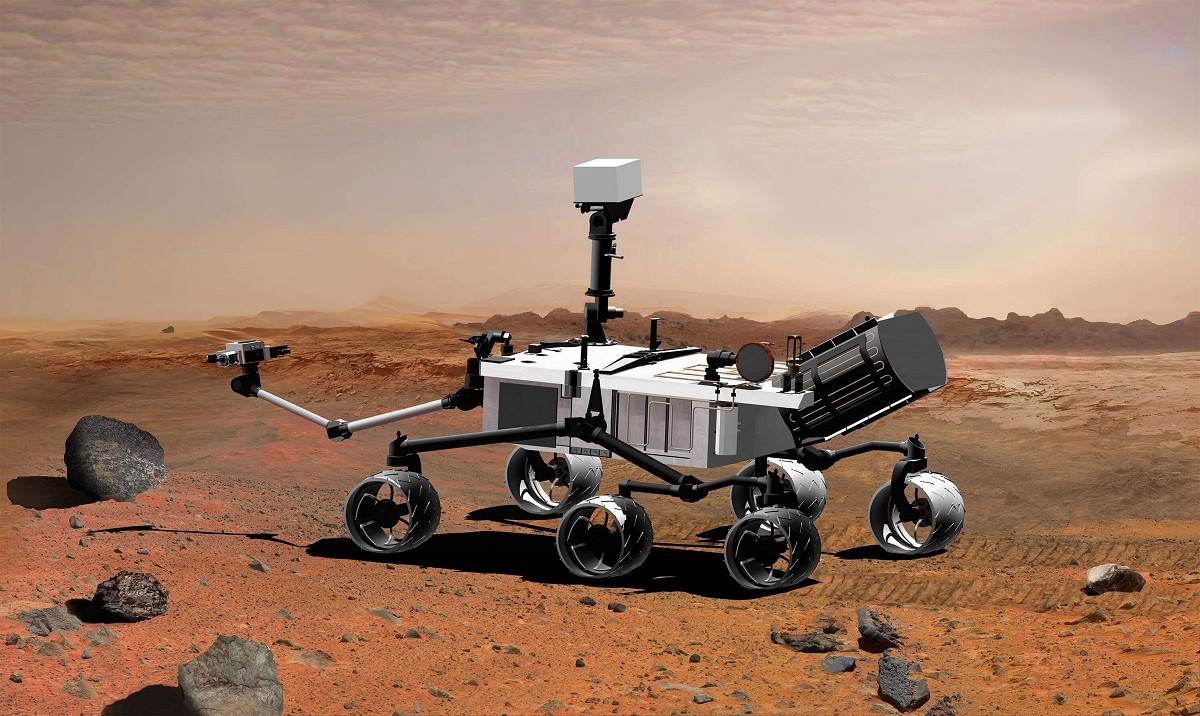
The Hope probe consists of a hexagonal model, very almost like honeycombs, made from solid aluminum, light in weight, and includes a reinforced shell of composite sheets, and also the total weight of the probe is one and a half tons, its length is 2.9 meters and its width is 2.37 meters, and it contains two sets of rocket propellers the primary could be a sizable amount of up to six impellers, and is employed to regulate the speed, and also the second is tiny, up to 12 impellers equipped with a directional system wont to accurately adjust the position and direction of the probe.
The probe is provided with three solar panels to come up with the energy needed to work its equipment, passing through space until its arrival to Mars, and it opens itself the instant the probe is embarked on space and is separated from the launch rocket, and it's also equipped with a high-capacity main sensor that generates narrow-frequency electromagnetic waves, directed at an angle that stops On the direction of the probe in space, and directly towards the control and monitoring station on the bottom, and with a receiving antenna with a diameter of 1.5 meters to enable the probe to speak with the control and monitoring room on the bottom, additionally to low-polar sensors less capable of accurate self-orientation, and special sensors to trace the position of the celebs that help it in identifying Its location in space.
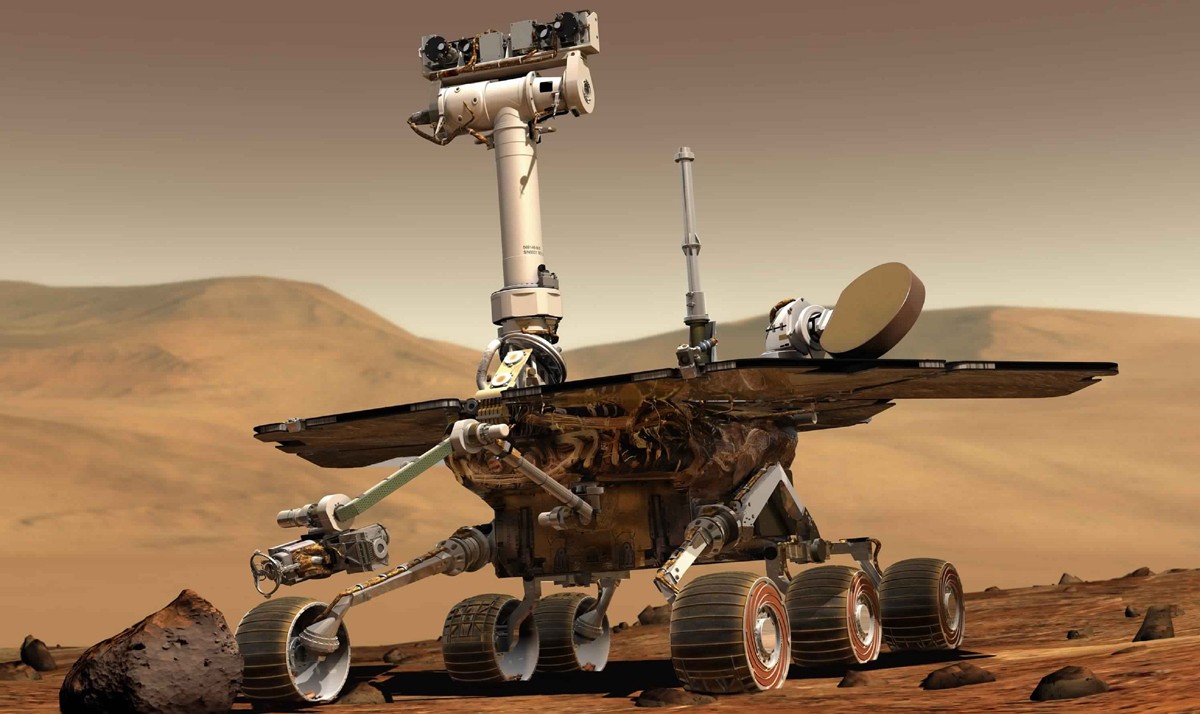
The probe must change its direction automatically from time to time, sometimes to direct its panels towards the sun, and sometimes to direct the antenna sensor towards the planet, or to direct its scientific equipment towards the Red Planet, and this can be why the probe includes a collection of control wheels, which generate through their rotation the propulsion energy needed to rotate The probe is precisely about any axis, and therefore the Hope probe is supplied with a computer with high capabilities, equipped with advanced programs that self-adjust its direction to enter it into the orbit of Mars, without the requirement for any human guidance from planet Earth.
As for the foremost important equipment for the work of the probe, the Emirati scientific team revealed three important devices, namely, a detector working within the infrared field of the spectrum, studying patterns of changes in temperature, ice and vapour, and another detector working within the field of UV of the spectrum The electromagnetic system studies the upper layer of the atmosphere and tracks the results of oxygen and hydrogen gases once they escape into space, additionally to an optical camera with a high spatial differential capacity that sends color digital pictures to the earth Earth, with a knowledge transmission wave capacity of 1.6 megabits per second at the closest point between Mars and Earth.

Orbiter flight
As for the journey of the Probe of Hope, it's planned that the exploration probe will reach Mars by 2021, coinciding with the anniversary of the fiftieth anniversary of the founding of the United Arab Emirates, and so as for the probe to accomplish this, it must be launched towards Mars within a brief and specific timeframe referred to as With the "launch period" in July of 2020, and this can be thanks to the very fact that the world is quicker in its orbit round the sun than Mars, which is why it catches up with it sometimes and precedes it at other times while each of them rotates in its orbits, but they're at their closest point of convergence one time. Every two years, and this can happen in 2020, and if the probe isn't launched within this launch period, it'll not be possible to achieve Mars in 2021.
As for a way to deliver the probe to the orbit of Mars, it'll be placed at the front of a carrier rocket like the rockets usually utilized in launching satellites and astronauts to the International satellite, and also the probe are going to be installed and also the rocket prepared for launch, and once the countdown timer reaches zero, the missile will rush into space quickly 39,600 km / h, which is that the speed necessary to liberate the probe from Earth's gravity, called the speed from Earth's gravity, and after a couple of minute of your time, the primary group of small booster rockets detached so fall, followed by the operation of three missile platforms, which successively will collapse until it starts The rocket released the probe in space to continue its journey to Mars through the scheme.

During its seven to nine month journey, the Emirati guided missile has to change its position from time to time, so as to direct its solar panels towards the sun so as to charge its batteries, and so re-direct its wave detector towards the world so as to keep up contact with the Operations and center And to be able to communicate with the world, the probe will have to always determine its precise position in space, to be able to direct its sensor towards the planet, and for this reason the probe relies on sensors to trace the celebs using the patterns of stellar clusters, in much the identical way because the Bedouins and sailors wont to In precedent days, to infer their way.
The moment of decisiveness:
At the start of 2021, the probe will get very near Mars, which are going to be another crucial moment during this project, because the probe will should use its propellers as brakes to slow its speed, preparing to enter the orbit of Mars, and therefore the difficulty of this moment is that the probe at that point are far-flung, To the extent that it takes 13 to twenty minutes for radio signals to achieve the world, which makes the method of controlling the probe in real time isn't possible, and for this reason the probe software was designed so He is as self-controlling as possible, and is ready to require the choice to correct his course without the necessity for any immediate human intervention.

Once the probe reaches the orbit of Mars, it'll need to start its engines automatically for thirty minutes, otherwise it'll bypass the earth Mars and find yourself lost in space, and until this is often complete, the operations and monitoring team on Earth are in a very state of anticipation, and waiting to receive a proof From the probe indicates that it's successfully entered the orbit of Mars, and commenced to orbit round the Mars, and therefore the probe will first enter a large, elliptical orbit, to maneuver later to a scientific orbit closer to the world, and its speed will range between 3600 to 14,400 km / hour and can reach its maximum when it makes it Its elliptical orbit is far closer to the world, and it'll activate its sensors, and begin collecting data that it'll later send to Earth.




























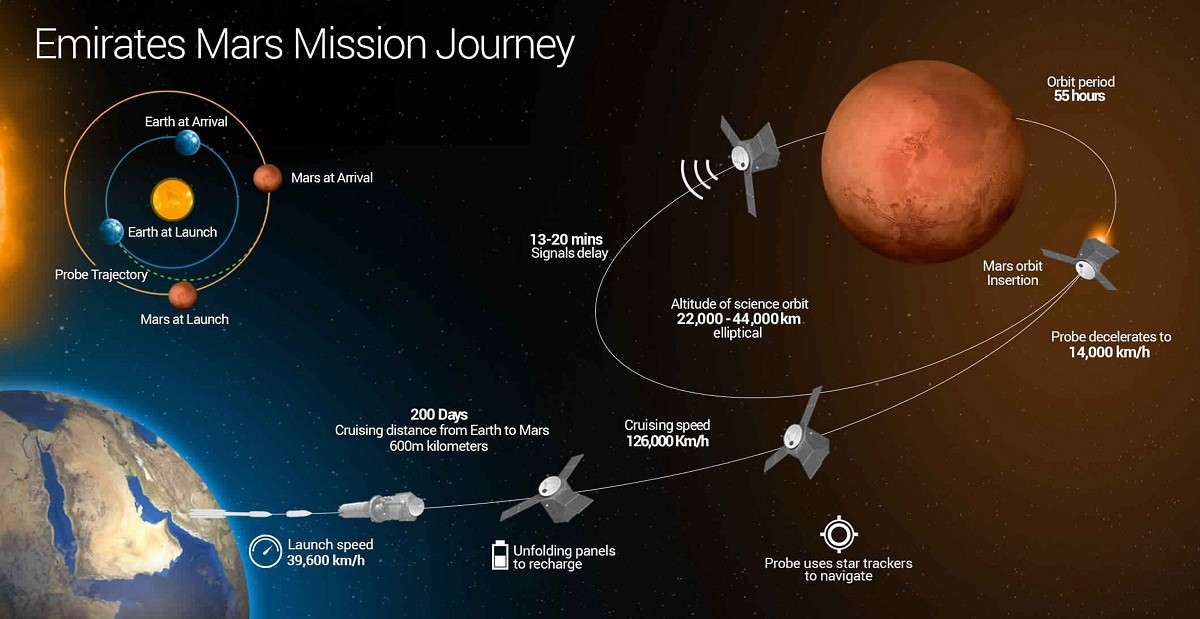











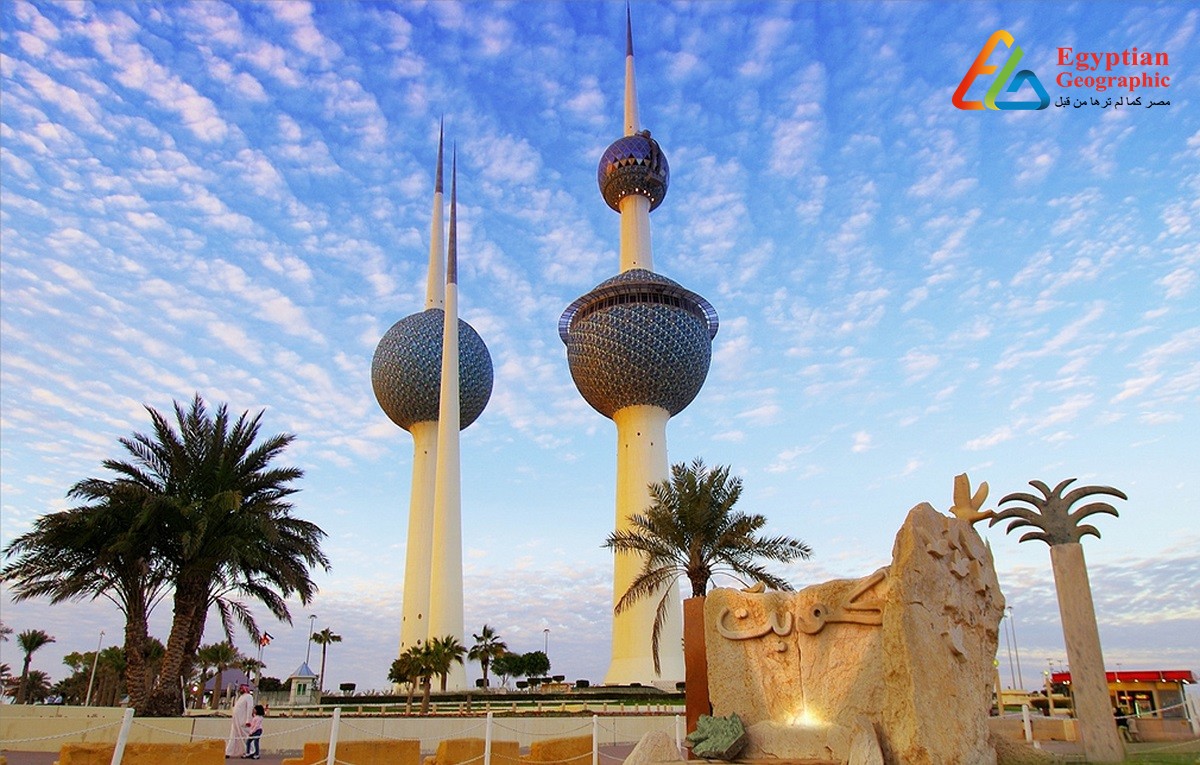




























Egyptian Site & magazine